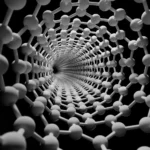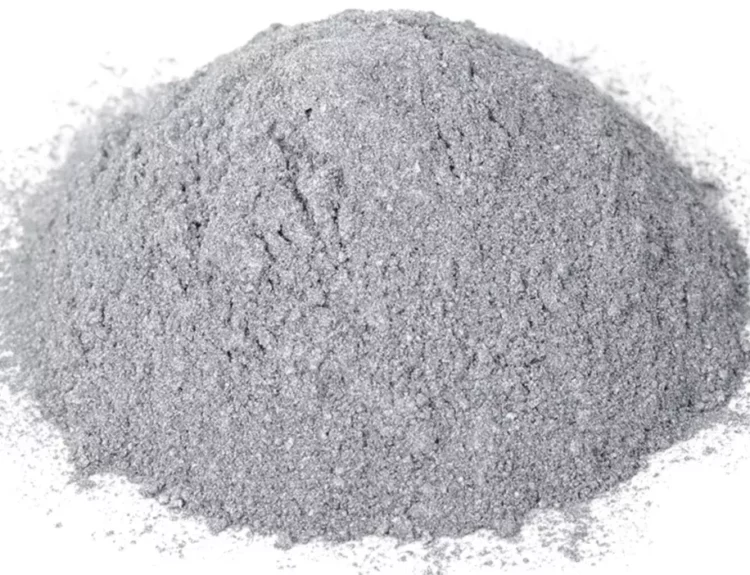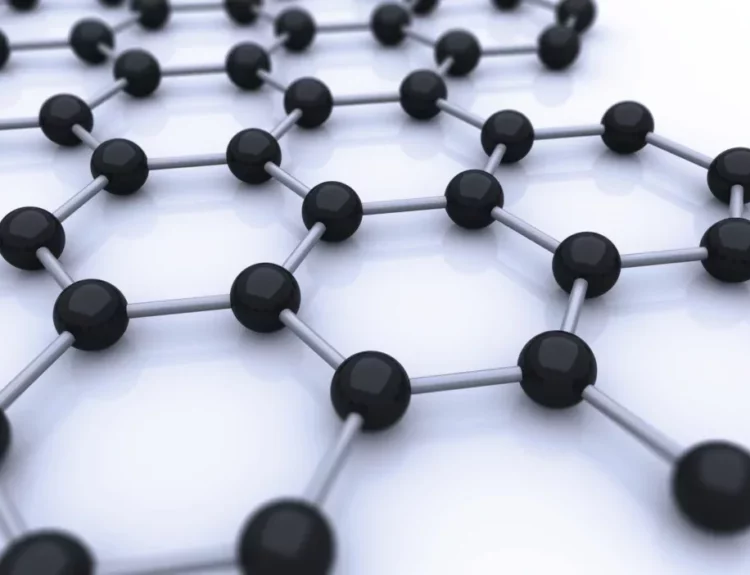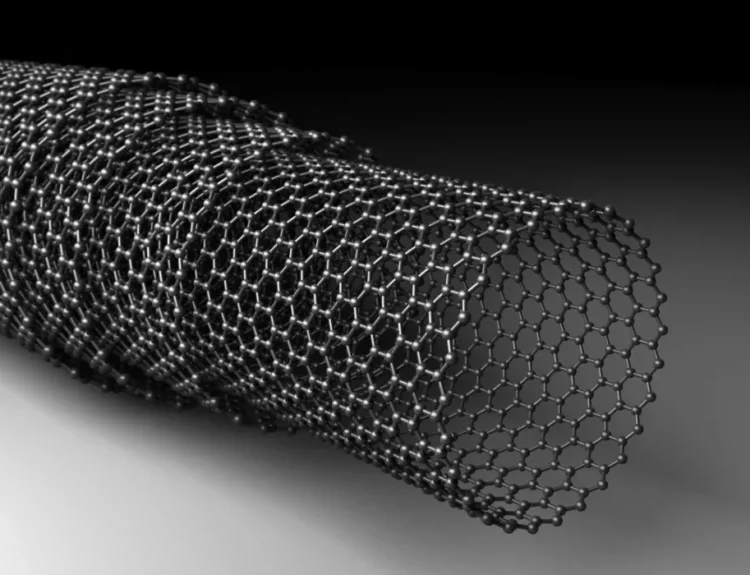Here’s an overview of its potential applications and uses of Graphene oxide
Graphene Oxide or (GO) is a form of graphene which is oxidized and known for its special properties like high surface area, mechanical strength, electrical conductivity, and versatility in functionalization. These attributes stem from its two-dimensional structure, made up of one layer of carbon atoms, which are arranged in a hexagonal lattice interspersed with oxygen-containing groups.
Future Applications and Uses
Energy Storage and Conversion
- Batteries and Supercapacitors: GO’s high conductivity and large surface area make it an excellent material for electrodes in batteries and supercapacitors, potentially leading to faster charging and higher capacity energy storage devices.
- Solar Cells: GO can be used to produce solar cells, offering a lightweight and flexible alternative to traditional materials, potentially revolutionizing the solar energy sector.
Environmental Applications
- Water Purification: The large surface area and functional groups make it effective in adsorbing and removing contaminants from water, presenting a promising solution for water purification.
- Air Filtration: GO can be utilized in air filters to trap pollutants and even microbes, improving air quality significantly.
Biomedical Applications
- Drug Delivery: GO’s ability to be functionalized makes it an ideal carrier for drugs, targeting specific cells or organs in the body and thus enhancing the efficacy of treatments.
- Biosensors: Due to their high electrical conductivity, GO can be used in biosensors for detecting a range of biological molecules, aiding in early disease detection.
Electronics and Photonics
- Flexible Electronics: The flexibility and strength of GO sheets make them suitable for use in flexible electronic devices, such as wearable tech and foldable screens.
- Optoelectronic Devices: GO’s unique optical properties are being explored in optoelectronic devices, including LEDs and photodetectors.
Composite Materials
- Reinforcement Material: can be added to polymers, metals, or ceramics to enhance their mechanical properties, creating stronger, lighter, and more durable composite materials.
- Conductive Inks: GO’s conductivity suits it for conductive inks used in printed electronics and smart textiles.
Aerospace and Automotive Industries
- Lightweight Materials: The strength-to-weight ratio of GO is highly beneficial in aerospace and automotive industries for developing lightweight yet strong components.
Challenges and Future Outlook with Graphene Oxide
While the potential of graphene oxide is immense, challenges include scalable production, environmental impact, and integration into existing manufacturing processes. However, ongoing research and development are addressing these issues, which has paved the way for the widespread adoption of GO in various fields.
Note: To purchase Graphene oxide follow this link.
Conclusion
Graphene oxide stands at the forefront of material science innovations. Its diverse applications across energy, environmental, biomedical, and technological domains herald a future where this material could be a key component in solving some of the world’s most pressing challenges. The future of graphene oxide is not just promising; it’s revolutionary.







